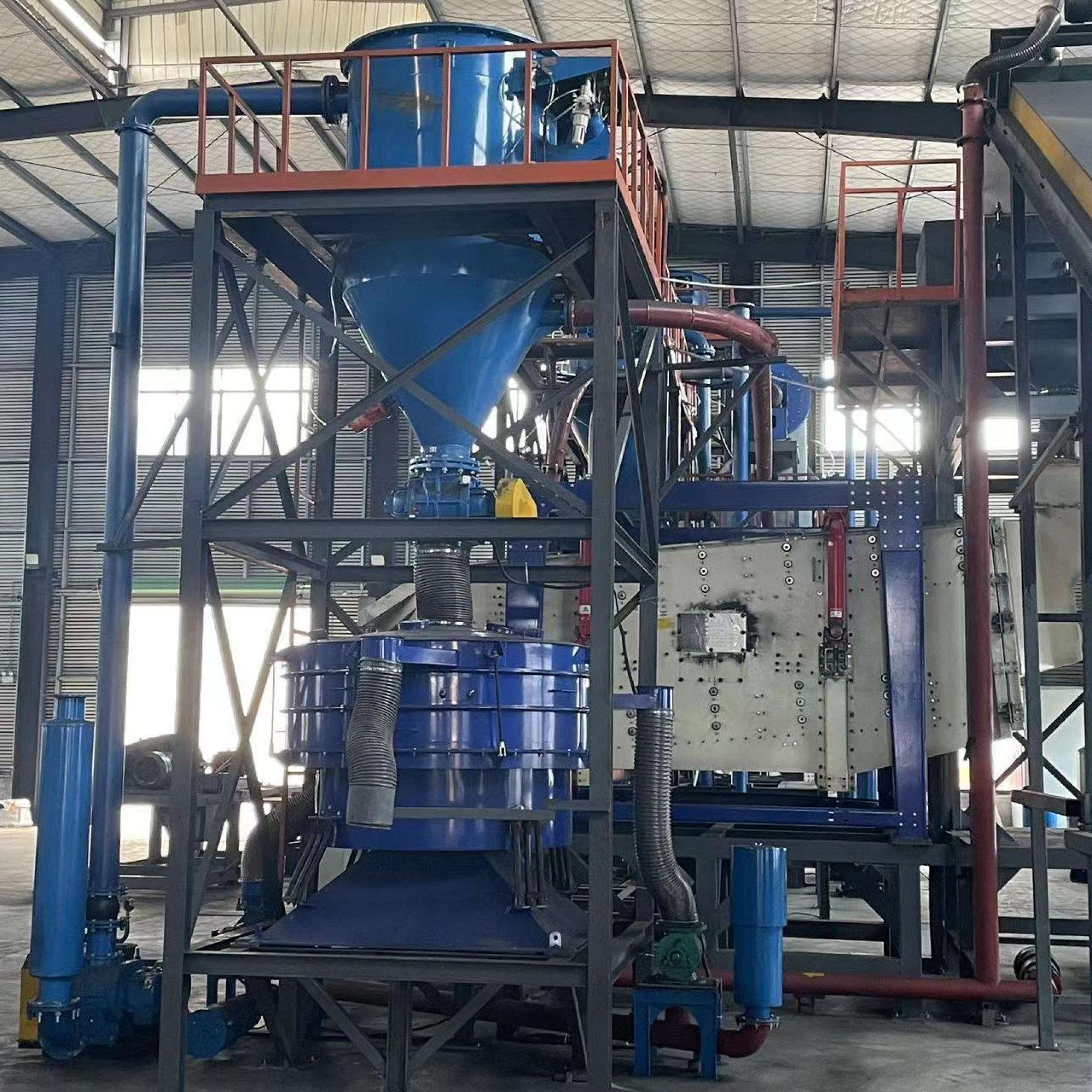
Recycling lithium-ion batteries is crucial for environmental sustainability and resource conservation. Here's a general guide on how lithium-ion battery recycling typically works:
Collection: Used lithium-ion batteries are collected from various sources, including consumer electronics, electric vehicles, and industrial equipment. Collection points can include recycling centers, electronic waste (e-waste) facilities, and designated drop-off locations.
Sorting: Upon collection, batteries are sorted based on factors such as size, chemistry, and condition. This helps in determining the appropriate recycling process and ensures safety during handling.
Discharge: Before processing, batteries are discharged to remove any remaining electrical charge. This step reduces the risk of short circuits and thermal runaway during recycling.
Dismantling: In this step, batteries are dismantled to separate their components. This may involve manually or mechanically opening the battery casing to access the cells inside.
Shredding: The separated battery components, including cells, casings, and electronic components, are typically shredded into smaller pieces. This increases the surface area for subsequent processing steps.
Material Recovery:
Purification: The recovered metals undergo further purification to remove impurities and achieve the desired quality for reuse in manufacturing.
Reusing and Reprocessing: Purified metals can be reused in the production of new batteries or other products, thus closing the loop in the materials cycle. Additionally, certain components such as plastics and electrolytes may also be recycled or repurposed.
Environmental Management: Proper disposal of any remaining waste materials and by-products is essential to minimize environmental impact. This includes handling hazardous substances safely and adhering to relevant regulations and standards.
Quality Control: Throughout the recycling process, quality control measures are implemented to ensure the purity and integrity of recovered materials. This helps maintain consistency and reliability in recycled products.
By following these steps, lithium-ion battery recycling helps conserve valuable resources, reduce environmental pollution, and promote sustainable practices in the electronics and automotive industries.
Contact: Claude Xia
Phone: 86-17746684742
Tel:86-0797-8587898
Email: [email protected]
Add: No.15, Industrial Avenue, Industrial Park, Shicheng County, Ganzhou City, Jiangxi Province